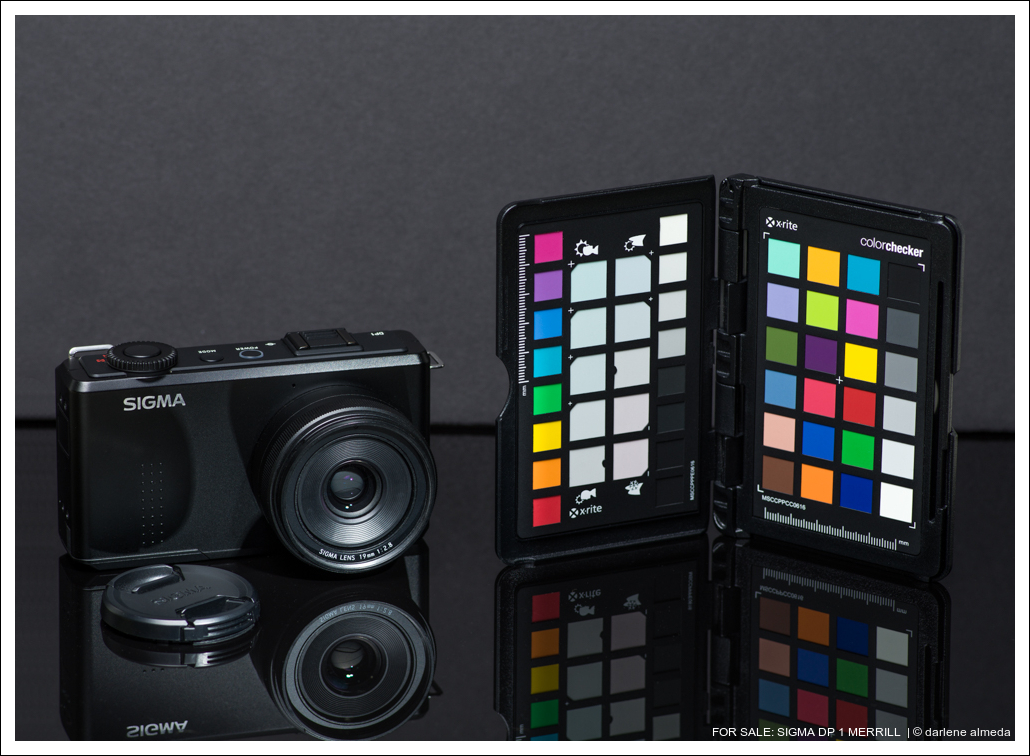P. Chong
Well-known member
No. At least not yet. I have only used the 907X hand held.
Very sweet! Do you use the HB quick plate on the 907X?
Great to see you here. Join our insightful photographic forum today and start tapping into a huge wealth of photographic knowledge. Completing our simple registration process will allow you to gain access to exclusive content, add your own topics and posts, share your work and connect with other members through your own private inbox! And don’t forget to say hi!
Very sweet! Do you use the HB quick plate on the 907X?
What is it on the picture then, if I may ask?Very sweet! Do you use the HB quick plate on the 907X?
Using the Hasselblad quick plate system has a certain charm to it, too.You mean on the 907X? Its the HB plate, kept there to prevent scratching the bottom..., kinda silly I guess. And allowing the body to sit on its own.
View attachment 176451
I use the CFV II 50c in the studio with a Linhof or a Sinar and Profoto Air.Hi everyone,
Did someone manage to use this back on a tech camera with flash sync?
I'm pretty sure it's impossible because it only uses ES in this kind of camera setup, but maybe I'm wrong?
Best,
Vincent


I'm aware of the Prontor Professional shutters, but have never used one. I'd be interested in your insights as a user.I use the 907x CFV II 50c in native mode with XCD45p and xcd30 , but also on HB 500 series cameras and SWC905 .
But mainly on ALPA TC and ALPA12 plus , as well as with ARCA SWISS F-LINE METRIC 6x9 . Here for macro and product shots .
For example with the RODENSTOCK APO MACRO SIRONAR 120 mm in Prontor Professional shutter . That makes shooting much easier .
The CFV II 50c is therefore an absolute allround back , for me , and the 50MP is fully adequate for what I shoot .
You could contact HASSELBLAD directly . They were very helpful , when I had to get a replacement for the sync cable , which I lost .This seems like a good place to ask a related question.
The Hasselblad flash sync cables that came with my 907X CFV II have 3 conductors on the mini-plug end, 2.5mm I believe. With an audio cable this is referred to as tip, ring and sleeve. So where can I purchase a backup set of these ? Or do conventional sync cables with work ?
I've searched all the typical vendors sites and haven't found an identical cable.

If the lens has a leaf shutter with a flash sync connection, like a copal shutter for instance, then you use the back in flash sync mode — Camera Body Menu » "Any (Flash Sync)". There are flash sync input and output cables included with the CFV II 50C as with previous Hasselblad digital backs. These connect to the flash sync input and output ports located on the underside of the back near the LCD panel buttons.
You can download the manual from the download section of Hasselblad's website... https://www.hasselblad.com/my-hasselblad/downloads/CFV II 50C
View attachment 203212
As a side note, and sorry for being OT here, I noticed that they seem to have dropped the alert note on possible image quality problems for the SWC family.
This is what I have for my CFV I 50c:
View attachment 203222
I noticed as well the omission of the SWC from the "not ideal" list. My first digital back was an IQ160 in V mount. Image quality indeed suffered at the edges of the 40 x 54mm sensor compared to on-center, presumably caused by the longer path traveled by light through the glass covering the sensor at the more extreme angles toward the periphery. Stopping down to f/16 helped but I was never satisfied when shooting at larger apertures. That said, I think some folks here continue to use this full frame back without issue on the SWC. Perhaps the smaller cropped 33 x 44mm sensor renders the astigmatism less of an issue, although I don't know how well the symmetric Biogon design plays with the CFV's CCD and CMOS sensors compared to the IQ's Dalsa CCD sensor.The image quality issues mentioned for the SWC family cameras were described by HB as „small issues„ in the corners . Whatever that means .
I have never experienced any issues , not with CFV39 , CFV50 and CFV II 50 c .
I noticed as well the omission of the SWC from the "not ideal" list. My first digital back was an IQ160 in V mount. Image quality indeed suffered at the edges of the 40 x 54mm sensor compared to on-center, presumably caused by the longer path traveled by light through the glass covering the sensor at the more extreme angles toward the periphery. Stopping down to f/16 helped but I was never satisfied when shooting at larger apertures. That said, I think some folks here continue to use this full frame back without issue on the SWC. Perhaps the smaller cropped 33 x 44mm sensor renders the astigmatism less of an issue, although I don't know how well the symmetric Biogon design plays with the CFV's CCD and CMOS sensors compared to the IQ's Dalsa CCD sensor.
I might be tempted by an CFV-100C back - should it ever materialize - to try again with the SWC, but for me the more limited field of view projected on the cropped sensor negates the allure of that fabulous 38mm Biogon on the original 6 x 6 film format.
John
